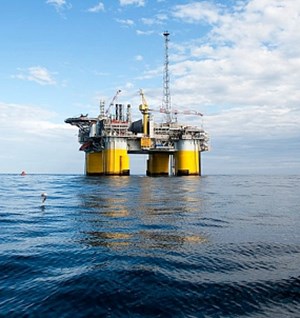Wintershall Dea to deploy Halliburton’s “industry first” drilling solution offshore Norway
(WO) – Halliburton Company and Wintershall Dea have announced a license agreement, under which Wintershall Dea will use Halliburton Landmark’s new Unified Ensemble Modeling (UEM) solution.
UEM is an innovative approach that, for the first time, simultaneously integrates static and dynamic data in real time to represent subsurface conditions across multiple scales. This method improves the accuracy of reservoir models by consistently incorporating geologic uncertainties, making UEM vital to optimize reservoir recovery under uncertainty.
The first application of DecisionSpace 365 will be deployed in Norway’s Maria offshore field. UEM allows Wintershall Dea to continuously update their risk assessments for active drilling programs after drilling each new well. This continuous cycle of evaluation and adjustment is critical to increase drilling efficiency, reduce costs, and improve worker safety.
"The ability to update a drilling target and its uncertainties in real time provides operators unparalleled decision-making capabilities", said Nagaraj Srinivasan, senior vice president, Landmark, Halliburton Digital Solutions and Consulting. "By updating earth models at speeds never before possible with well data acquired while drilling, Wintershall Dea will align subsurface and drilling objectives, thereby improving well productivity at a lower cost."
The real-time drilling data will enrich Wintershall Dea’s database and help to refine model realizations and uncertainties. This rapid pace of model updates is made possible through Landmark’s unique ensemble-based technologies and workflows.
“Our collaboration with Halliburton Landmark’s Reservoir Center of Excellence is essential in developing a premier set of tools for informed decision-making under uncertainty while drilling. We are eager to implement this solution in the forthcoming drilling campaign at Maria Field in 2025,” said Bastian Köhrer, Wintershall Dea Subsurface Manager of the Maria Phase 2 Project.



